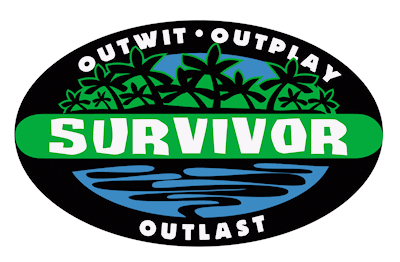Recovered from the Wayback Machine.
I don’t buy *plastic CDs anymore. Digital downloads is the way to go: better for the environment, and better for my wallet.
Online sites such as iTunes and Amazon’s MP3 get most of the attention when it comes to online music buying, but for the frugal music lover, there are other web sites; especially if you’re willing to go outside the box with your music interests.
One such web site is Magnatune, which works directly with independent musicians, and gives customers the option to pay what they can afford, rather than a set price. In addition, the site also features two membership types: one that allows you to download as much music as you want, per month, for a set price; the other that provides streaming capability. You set how much to pay when you sign up (with a minimum of $5.00 for streaming, $10.00 for download), and half the money goes to whichever artists you listened to (or downloaded) that month.
I have found some especially good classical music at the site, including Asteria, a beautiful duet featuring medieval classical music. For an instrumental, I recommend the debut album for AlmaNova, and anything by cello player, Vitor Paternoster. Ehren Starks’ “Lines Build Walls” is also very good.
The site also features many new age and alternative rock artists, as well as a good selection of jazz, rock, and international artists.
Another, more mainstream, music site is eMusic. Like Magnatune, eMusic features many new and independent artists, and like Magnatune, typically rewards artists more than they would be rewarded through sites like iTunes. I’ve been able to pick up many old time albums at the site, including music by The Shangri-Las, the Shirelles, The Andrew Sisters, Peggy Lee and Rosemary Clooney, The Everly Brothers, and Jelly Roll Morton. Beginning in July, though, eMusic’s offerings suddenly got a huge boost: Sony and all of its musical subsidiaries (Arista, Columbia, and many others) have now placed their back catalog on the site. This brings to the mix of older and indie musicians such music as the complete album set for Michael Jackson, music from Bob Dylan, Miles Davis, Janis Joplin, and Bruce Springsteen, as well as Christina Aguilera and Sarah McLachlan.
eMusic did raise its prices and reduce downloads per plan with this new change, which has made some indie music buyers unhappy. However, the site has also instituted a fixed album price, typically at 12 track downloads, regardless of album size, to many of the offerings, which with many of the albums (especially the Best Ofs), is a very good deal. Be aware, though, that some of the more popular albums may have fewer than 12 songs, but still be charged the 12 track price. Still, everything being equal, the music at eMusic is typically 40-60% cheaper than at iTunes or Amazon.
eMusic runs a subscription plan, where you get so many downloads per month, depending on plan. You have to use all your downloads, too, as they don’t roll over. I typically keep a list of single songs for those times when I have a few songs left over at the end of the month. The music is MP3, of course, as is the music you get from Magnatune, and iTunes, and Amazon, too. The days of proprietary formats seem to be over, long live DRM free music.
(Magnatune also offers other formats, including higher quality WAV files.)
Of course, iTunes and Amazon are still doing a brisk business, and both sites are good options for newer music, or music not showing up on the other sites. In addition, both regularly provide access to free songs, and special offers, which can provide a better buying option than eMusic, but you have to keep your eyes open—the specials typically don’t last long.
A frugal buyer is also a wise buyer, and shops around. Both Amazon and iTunes can indulge in gimmicks, from time to time, which are not as good a deal. One new option that iTunes is offering is what it calls Digital 45 or B-Side offerings, where you can download the “hit” and the “B-side” for a set price. There are only a few such sets available, and I’m not impressed with the cost. In fact, many of the offerings are available at eMusic for a better price. Still, let’s hear it for innovation.
You can also buy music directly from many artists, on their web sites. Most only provide CDs, but some will provide music for download. One advantage to buying music by the artist: there’s no question about who gets the money. However, many artists tend to charge more for music directly accessed from their sites than what is charged at a place like Magnatune, so check with all sites, first, before you buy.
Another thing I won’t do is use file sharing sites or other techniques to illegally get music for free. No matter what I may think of RIAA’s absurd tactics, not paying for music is theft, and hurts musicians as much as it hurts the studios. If the music is in the public domain, or offered freely by studio, web site, or artist, then I’ll gladly accept the gift, but I recognize it for what it is: a gift, not a right. Being frugal is not the same as being a cheap bastard.






